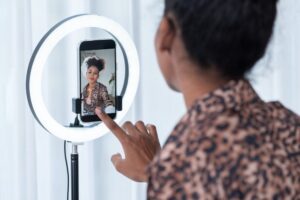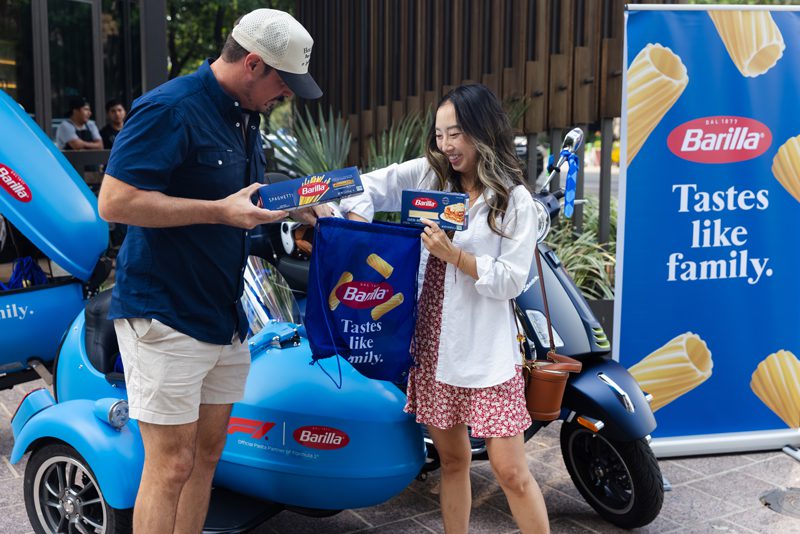IN A SUMMER CAMPAIGN, FOX pulled a 10.6% response to a sweepstakes it ran via a voice-prompt on a prepaid phone card to drive moviegoers to the theatrical release of Garfield.
Pocket Billboards and IDT Corp. launched the calling card-based ad program last summer that puts print ads on pre-paid cards sold at retail. Callers can interact with brand and advertising messages in multiple ways including playing games, entering sweepstakes or being connected to an airline reservation agent.
In the Garfield campaign, 500,000 cards were printed with ads and distributed in the top five Hispanic markets. Callers heard a five-second ad from FOX on the Garfield debut. They could then either place a phone call or press “1” to enter the sweepstakes. If they chose the sweeps, a movie trailer played, followed by a short blurb on the rules and regulations; they were then prompted to enter their phone number to enter the sweeps.
“Even if they opt to not interact with the sweeps, they hear the five-second ad at the prompt and while the call is being connected,” said Mendel Tropper, a principal with Pocket Billboards.
FOX wanted to test two different approaches with the card campaign. A batch of 150,000 distributed in Los Angeles featured promo copy on the card and packaging, as well as an automatic audio message pushing the sweeps. Meanwhile, in New York, Chicago, Miami, FL, and Houston, TX, some 350,000 cards ran similar copy with a toll-free 800 number that let callers access the sweeps entry. Across all markets, the Garfield cards ran two additional audio ads for callers.
The overall response was 10.6%, with callers engaging the sweepstakes an average 76 seconds. Cards with the in-audio sweeps push outperformed print-only versions, at 15.1% response, while the print version requiring the toll-free call delivered a 1.2% response.
The grand-prize was an Ashley Lay-Z-Boy recliner featured in the movie, Garfield tote bags, and storybook or sticker sheets.
TV Azteca used the cards to promote the summer launch of a new prime-time Spanish soap opera Belinda. The five-week campaign included print ads on 300,000 prepaid calling cards and the purchase of 1.2 million audio spots. The opening five-second ad talked up the show, then callers could hear a 30-second commercial, followed by information on how to win prizes such as 1,000 minutes of free long distance each night by watching the show. At a random point during the show, a sweepstakes phone number and unique four-digit code appeared on the screen. The first 100 viewers to call in and correctly punch in the code were instant winers.
Nearly 86,000 callers transferred to learn how to enter the sweeps, a 7.4% response. Another 7,400 people watching the show called in to enter. Ratings for the series during the five-week campaign were 66% to 75% higher than the post five-week period.
Some 50% of phone card users are 18-34 years old and more than 85% are between 18 and 49. The cards can be segmented by local and state regional access numbers and come in $5, $10 and $20 denominations, although $5 are the most popular.
“People who tend to buy phone cards are usually buying them as their primary source of long distance, which can be cheaper than their home plan especially if calling a specific location,” Tropper said.
A number of other brands including major players in financial services, the airlines and movie studios are negotiating agreements to conduct promotions via the calling cards.

 Network
Network

